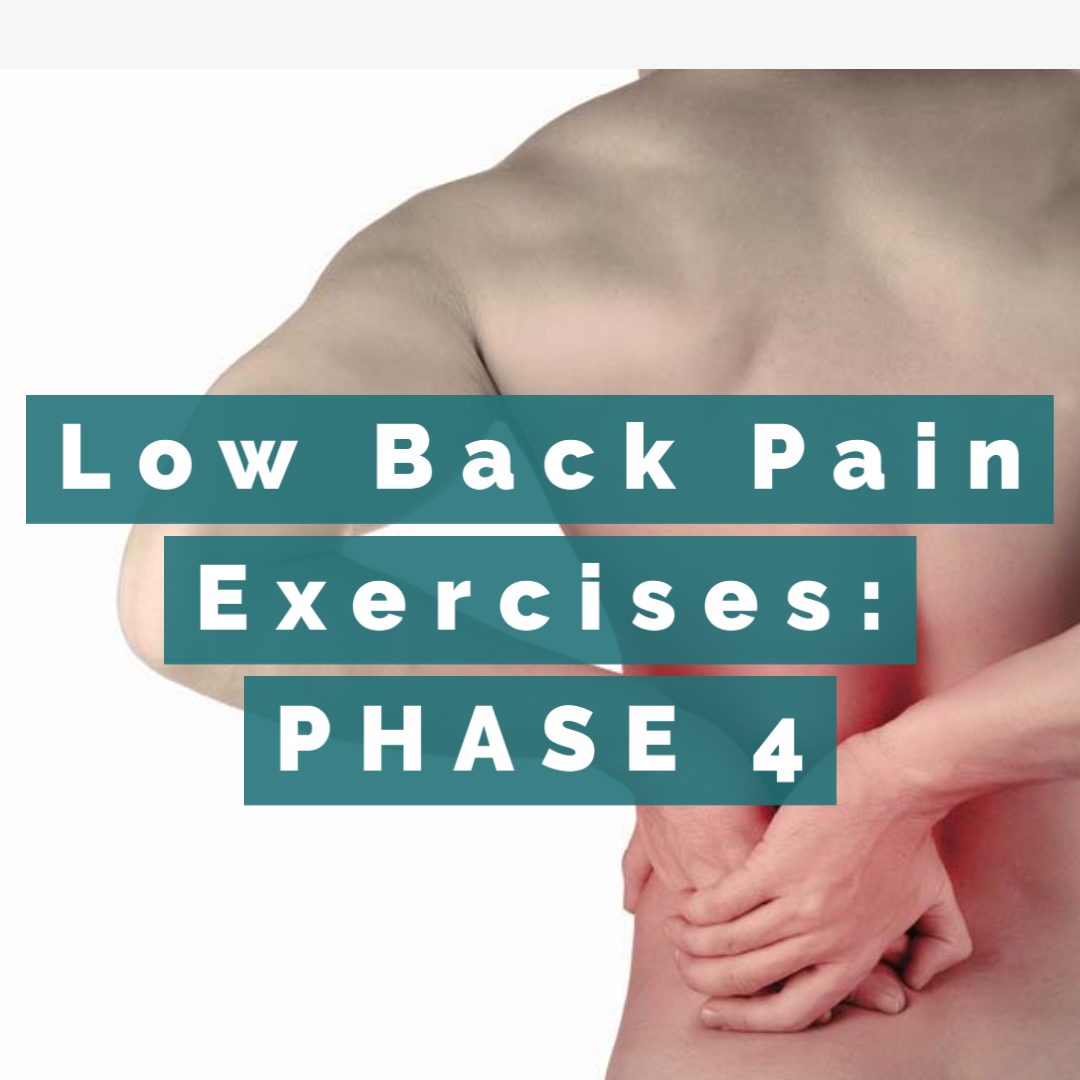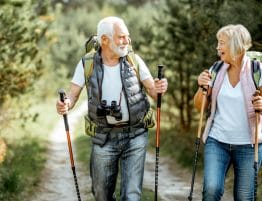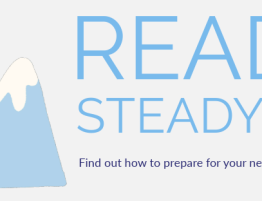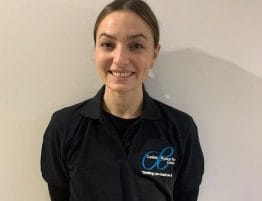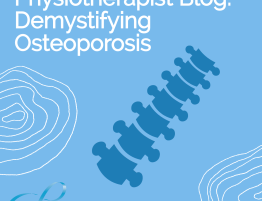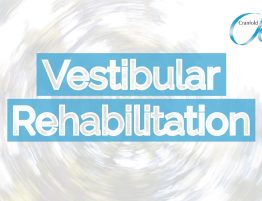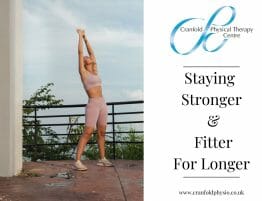If you need to see us, please be assured we are ready to help you safely via video/telephone call and/or face to face in the practice.
PHASE 4
Optimal strength in the core abdominal muscles is essential for a pain free back and good posture. Strength of the muscles supporting the lower back is also crucial in preventing and managing back pain. That is why so many exercises not only include the abdominals, but also the legs, glutes (buttocks) and hip muscles.
YOUR REHABILITATION PROGRAMME
This exercise programme has specific exercises to strengthen muscles around your lower back and core. It is important to ensure the exercises are performed with good technique. Poor practice may place potential strain on your back. The following leaflet includes some exercises to help in your rehabilitation
PROGRESSION SPEED
Your therapist will advise you on the speed you should progress. Progression is not just about being able to do the exercise but to do it correctly, with appropriate control. If at any time, you feel pain or discomfort stop the exercises and consult your therapist.
Exercises
Click on any of the images below to view a video demonstration
SIT-DOWN SQUAT
 Stand up, and position yourself in front of a chair or stool. Bend your knees to go into a squat position, and touch your buttocks on the
Stand up, and position yourself in front of a chair or stool. Bend your knees to go into a squat position, and touch your buttocks on the
chair. Then, push up and go into the standing position. Throughout the exercise, keep your knee in-line with your foot, do not let your knee drift outwards or inwards. Also keep your hips and pelvis level as you squat, so you go down in a straight line. Be careful not to slump forwards as you squat, maintain good posture keeping your stomach draw in using
your abdominal muscles.
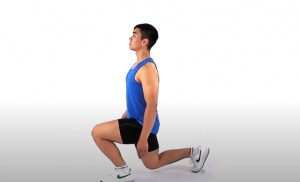
Take a step forwards, and bend the front knee past the vertical. The back knee drops towards the floor. Now follow this into another lunge position using the other leg. Always keep good alignment: your knee should stay over the 2nd ray of your foot, and never let your knee drop inwards. You do not have to lunge low. Take big strides and keep your back straight with good posture. Always remember to draw your stomach in to activate you core muscles.

Place an exercise band around your knees, and go into a squat position (as far down as feels comfortable, only slightly bend your knees). Walk one leg to the side, and then follow with the other leg. Repeat to one side for five steps, then return to the start position.
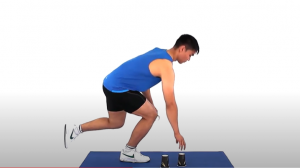
Place 5 cups in front of you, and stand in the middle of them. Squat down (on one leg), and reach for one cup then come up, then repeat with the second cup, etc. Be careful to maintain control to the leg, and do not perform the exercise too quickly. Always keep your foot flat on the ground, do not let your heel raise from the floor. Maintain a straight back when bending and activate the core muscles to support your back by drawing your stomach inwards.
FULL SQUAT WITH OVERHEAD PRESS
 Place your feet apart at shoulder width, and bend your knees to the full squat (90 degrees, or less, you don’t have to squat down low) position as you lift a medicine ball above your head. Make sure you keep the middle of your knee-cap in line with the middle toes of your foot. Always keep your feet flat on the ground, do not let your heels raise from the floor. This helps strengthen you legs and back for lifting objects. If you don’t have a medicine ball just hold any object in your hands to start (1 or 2kg weight would be sufficient).
Place your feet apart at shoulder width, and bend your knees to the full squat (90 degrees, or less, you don’t have to squat down low) position as you lift a medicine ball above your head. Make sure you keep the middle of your knee-cap in line with the middle toes of your foot. Always keep your feet flat on the ground, do not let your heels raise from the floor. This helps strengthen you legs and back for lifting objects. If you don’t have a medicine ball just hold any object in your hands to start (1 or 2kg weight would be sufficient).
ROTATION STANDING WITH DOWEL
Standing with good posture, and holding a dowel rod behind your back, rotate your torso to one side and then the other. To make the exercise stronger, turn your feet inwards to lock up the hips, requiring you to use more of your spine to rotate. If you don’t have a dowel rod, you can use a broom stick or golf club.
The information contained in this article is intended as general guidance and information only and should not be relied upon as a basis for planning individual medical care or as a substitute for specialist medical advice in each individual case. ©Co-Kinetic 2017
Online Back School Course
Watch the trailer to find out if our online Back School could help you. If you’d like to purchase the course, click here.
Write a comment:
You must be logged in to post a comment.

